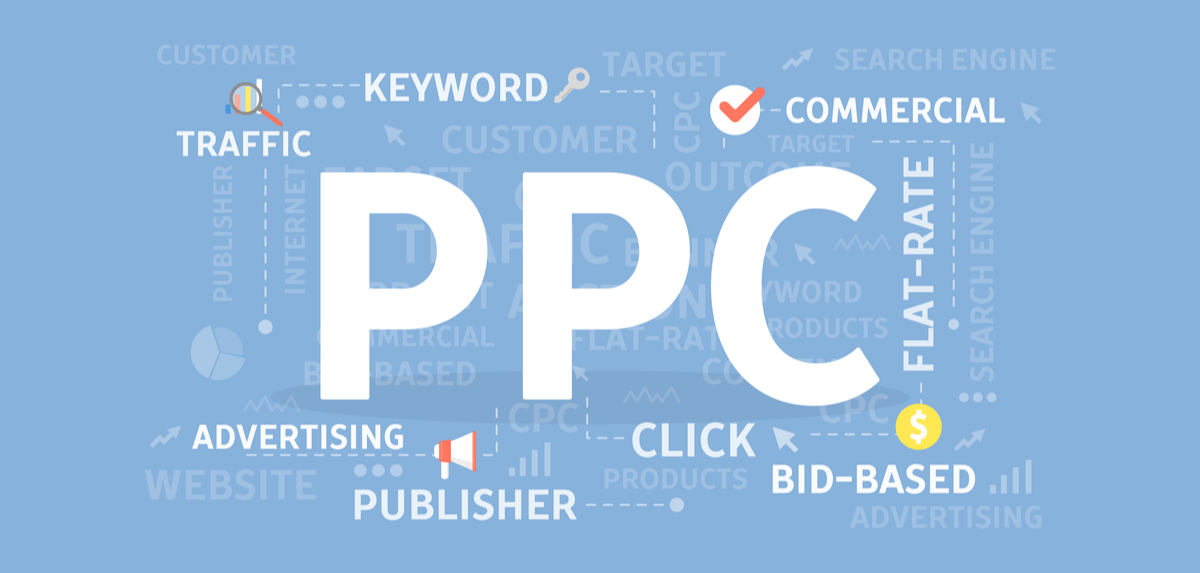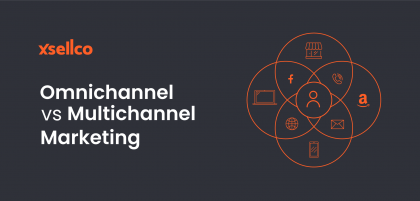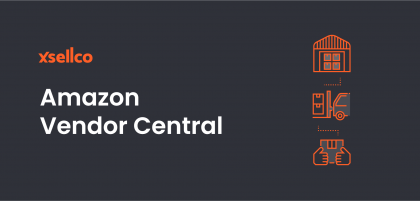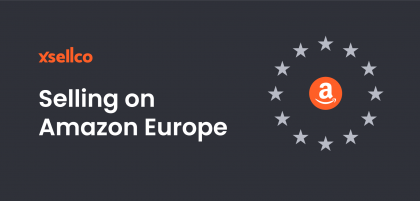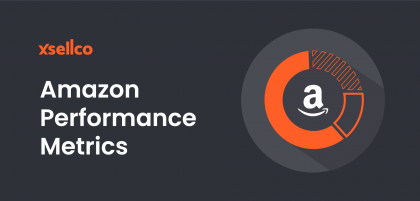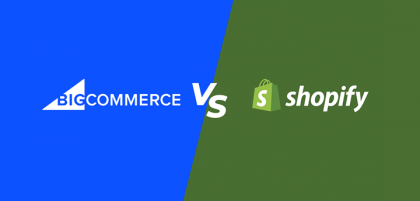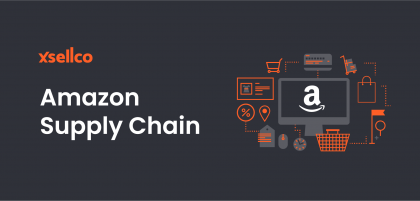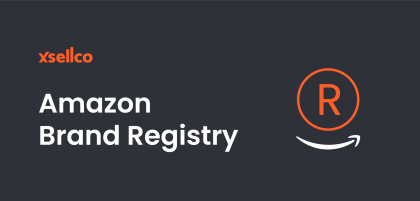Amazon sponsored ads are now part of every major seller’s arsenal. The retail giant’s advertising solutions now account for over 12% of all digital advertising spend. In a market dominated by Facebook and Google, Amazon’s rapid growth has been fuelled by the efficiency of sponsored ads.
However, like any digital advertising service, your campaigns will mean little if they don’t improve your sales and bottom line. A poorly managed Amazon PPC campaign usually has the opposite effect – you end up losing a lot of money.
How do you make sure that doesn’t happen? How do you maximize profitability with Amazon PPC? Well, here are seven tips and strategies to make sure you hit the mark with your PPC campaigns in 2021.
1. Leverage the negative targeting feature
The reason is quite simple. When you stop spending on keywords that don’t convert, you have more money left over for the top performers. It minimizes ad spend and your ACoS.
So, how do you identify a negative keyword? Generally, you need to be on the lookout for keywords with lots of clicks and no conversions. However, you need to make sure that those keywords are not relevant to your product. Sometimes just reducing the bid is enough, especially for keywords that drive a lot of traffic.
What is a negative keyword? In a nutshell, when you mark a keyword as negative, your ads will no longer be displayed for the search term. This principle holds for product targeting as well.
2. Keyword research with automatic campaigns
Ask any PPC expert and they will tell you that well-optimized manual campaigns are more profitable than automatic campaigns. I agree. Granular optimization does allow a seller to maximize the efficiency of their campaigns.
However, automatic campaigns are great for keyword research!
In an automatic campaign, Amazon’s algorithm finds and bids on relevant keywords. The algorithm constantly finds new and relevant keywords depending on your listings and previous sales history. Sometimes, Amazon discovers a gold nugget of a keyword. Once you identify it, all you have to do is move it from the automatic campaign to a manual campaign for further optimization.
Of course, all of this sounds easy in theory. It usually means reading through a lot of search term reports and a lot of data. You can avoid that by using tools like SellerApp that have keyword harvesting features – it’ll save you a few hours and eliminate the possibility of human error.
3. Bid on long-tail keywords
This strategy is for new sellers and new product launches, especially in a competitive niche.
In these situations, it is advisable to avoid bidding on the highly-searched and highly-competitive keywords. The cost-per-click is high and products with more reviews, ratings, and organic ranking is more likely to convert the sale. You will end up spending a lot of money for very little in return.
I recommend bidding on long-tail keywords instead. There is less competition which means the cost-per-click is usually lower. Your campaign won’t get as many impressions, but your ACoS will look a lot healthier. In the long-run, the additional sales and better conversion rate will improve your product’s organic ranking. As your product’s organic ranking improves, you can slowly start adding more competitive keywords to your campaign!
So, how do you find these high-converting and low-competition long-tail keywords? Like I mentioned earlier, automatic campaigns are one way to find keywords. Alternatively, you can use SellerApp’s advanced keyword research tool to find them easily within seconds.
4. Start bidding on your brand name
I searched for a travel bag from Bagsmart on Amazon. This is my search results page.
Notice the first result? It has nothing to do with Bagsmart.
So, what happened here?
Bagsmart’s competitor, Kenox, is bidding on the Bagsmart brand name and they are bidding aggressively. Their bidding strategy made sure that the first result I see is their product. If you are the CEO of Bagsmart, you don’t want this to happen.
What is the best way to combat competitor advertising? The best way to secure your business and protect your customer base is by bidding on your brand name. This way, you make it more expensive for them, while also capturing a few of the ad spots yourself (you’ll notice that three of the sponsored ads on the search results page are by Bagsmart).
5. Bid on your competitor’s brand name
For a lot of brands, this is advertising 101. This holds especially true for smaller brands. A great way to boost visibility and sales is by bidding on the competition – especially bigger brands.
This is what Kenox was doing in the case I mentioned earlier.
In that case, Bagsmart was aware of what their competition was doing and was actively fighting back. However, if your competitor isn’t careful, you could be looking at a massive improvement in sales.
Don’t forget your margins and business goals though. If the cost-per-click is prohibitively high, then it may be counter-productive.
6. Automate your campaigns
Managing your PPC campaigns can take multiple hours every day. There are a lot of monotonous tasks that you don’t need to spend time on. Your time should ideally be spent on top-level strategy.
Fortunately, tools like SellerApp can help you automate the monotonous parts of your PPC campaigns. I recommend using rule-based automation systems because they give you more control over the automation process. The keyword and bidding strategy are up to you, and the tool will take care of negative targeting and bid optimization.
Automation is particularly helpful for sellers with many PPC campaigns. Managing many campaigns can become a full-time job and is prone to human error. Automation tools fix both these problems.
7. Learn to let go
Making money on Amazon is about finding the right product. If there is no demand for a product, there is no point in advertising it.
If you don’t have the right product, I do not recommend advertising it. It will be like flushing money down the toilet.
That being said, you should not take that decision based on limited data. If you are driving clicks, but conversions are poor, optimizing your product listing may be enough to turn the tides. However, if your product listing and PPC campaigns are well-optimized, and your product is still not selling, it is prudent to pull the plug and avoid wasting your ad budget on it.
This is true for products whose demand has fallen as well. You need to improvise and adapt to succeed in the Amazon marketplace. A product that is popular today need not be popular tomorrow. Keep monitoring your campaigns to identify products that aren’t performing, and consider axing it or changing your advertising strategy for it.
Final thoughts
Amazon is bigger than ever, and it is only getting bigger. Over $125 billion in revenue in Q4 2020 was a 44% increase from last year (this includes AWS)! Clearly, there is an opportunity for third-party sellers and brands on Amazon. Like any business, there are risks involved as well.
One risk is visibility – you don’t want your product to languish beyond page three of the search results. Considering the sheer number of options that customers have on Amazon, it is important to stand out. Sponsored ads are one of the ways in which you can do just that.
Once again, there are risks involved, and you need to optimize your campaigns regularly to maximize your returns. The benefits of running an optimized sponsored campaign far outweigh the risks. So, what are you waiting for? It is a new year, and it is the best time to scale your Amazon enterprise!
This is a guest post by Arishekar N, the Head of Marketing at SellerApp, specializes in digital marketing, in addition to website keyword optimization for search engines. His areas of expertise include enhancing the organic ranking of webpages on search engines with innovative SEO strategies and online promotions.
